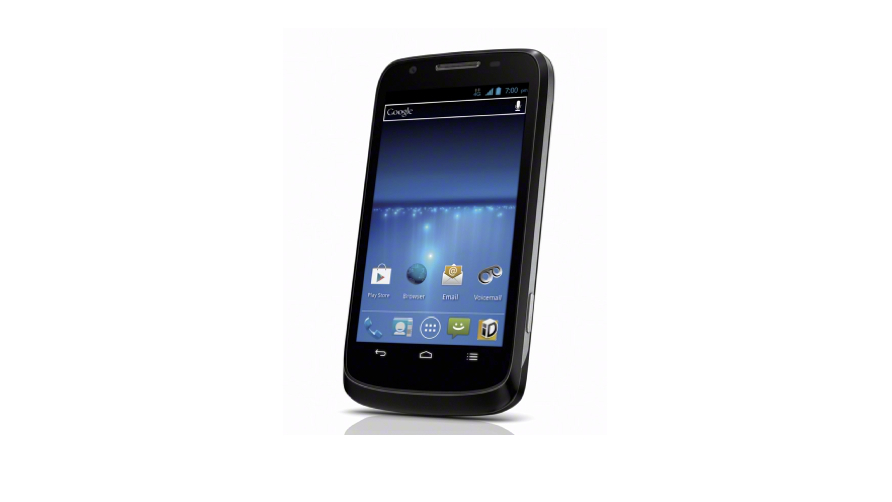Why you can trust TechRadar
Camera
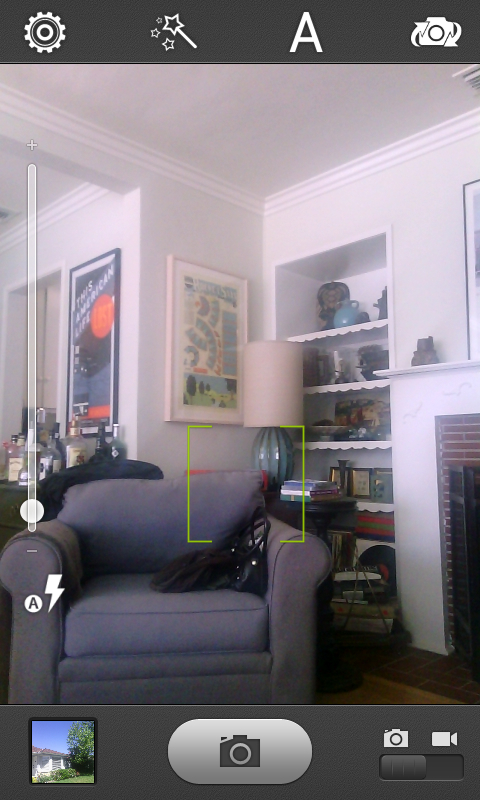
The Sprint Force comes with a 5-megapixel camera on the backside, complete with LED flash, although the photos were nothing spectacular. In bright light, images tended to have soft edges, and in darker lighting we noticed slight focus issues. There are a ton of options in the camera app, including 16 (!) different filters that range from Lomo to Lo-fi, offering up a smattering of appeal to hipsters. The 720p video didn't impress much either, offering serviceable but lackluster video.
However, sound from the videos was better than expected, as there appears to be a rear-mounted microphone next to the camera lens (in addition to microphone holes on the top and bottom of the phone), and the ability to take photos while shooting video by tapping the screen is a nice touch. While it won't replace even a point and shoot, it will serve for those moments when you desperately wish you had a camera.
Battery and Connectivity
The 1730 mAh battery worked just fine for us, providing around eight to nine ours of time via standard usage. However, heavy browsing, camera, and other non audio-only based activities depleted the battery much faster, as expected. Overall, this felt like a standard smartphone battery, which is to say it will get you through an average day, but will need to go on a charger overnight, and if you take it to an event or use it extensively, you'll want to have some portable power or an extra battery with you.
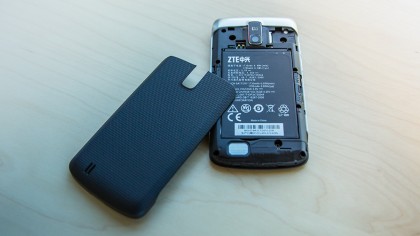
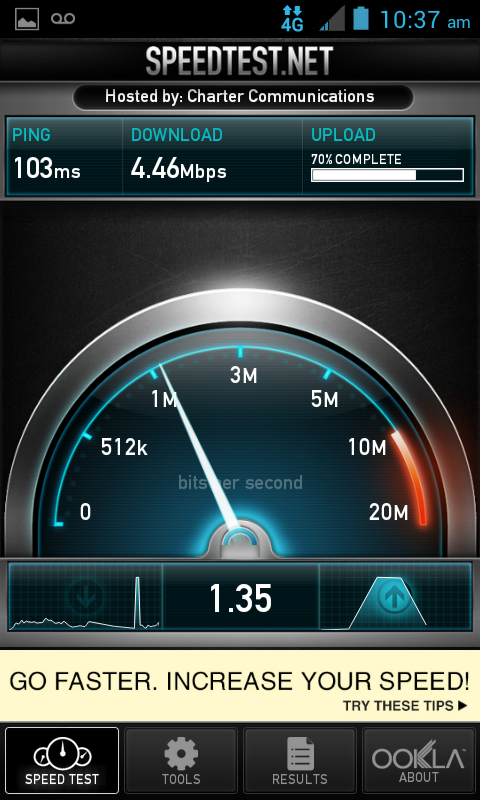
While the phone supports 3G, and all flavors of WiFi, you'll probably be most interested in the 4G LTE. Sprint has been busy rolling this network upgrade out to multiple markets, and it just recently came to the greater Los Angeles area, which is where we tried this phone out. While results were sporadic, while getting a good signal we averaged around 4.26 Mbps down and .75 Mbps up throughout the city, falling short of the promised 6-8 Mbps down / 2-3 Mbps up promised by Sprint.
We'll chalk it up to them having just taken the shrink wrap off the brand-new service here, but will also be keeping an eye on it. Connecting via 3G was much slower, and was peppy through WiFi, as expected. When using the phone as a hotspot, we were able to connect easily and received the same average speed on a laptop and second phone, providing a nice option for WiFi on the go. The phone also offers Bluetooth and NFC connections, with the NFC being a nice addition for a lower-end model.
Maps and Apps
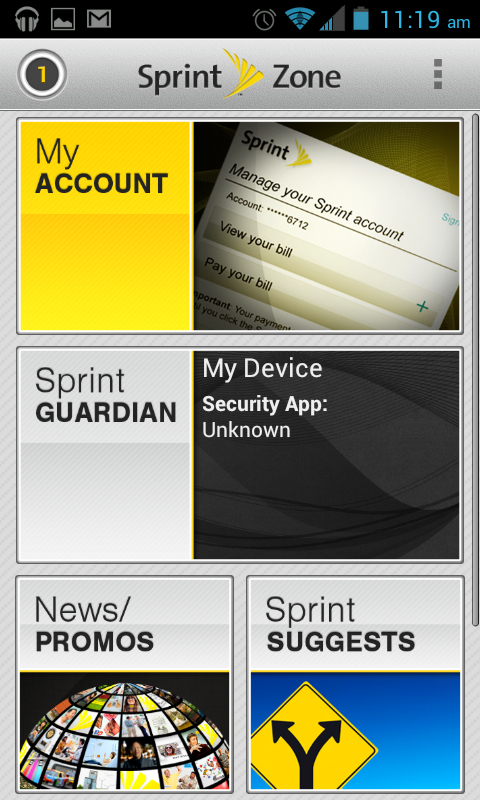
The standard Google Maps and Navigation apps are included here, and have become standard for commuters who use both mass transit and private transportation. We used both throughout the traffic-magnet Los Angeles area, and they were very accurate. Maps even provided spot-on transit information, allowing us to catch subway home on time, and showed us that walking was a better option than waiting for the connecting bus. The phone includes the Qualcomm Enhanced location service, which is meant to cut down on battery usage when accessing the GPS, and can be turned on or off at will.
Thankfully, the Sprint Force is nearly completely free of bloatware. In addition to the standard Google suite of apps, Sprint has only tossed in a handful of other offerings, including the Sprint Zone app that offers an easy-to-digest way to access your account information. Other carriers should sit up and take notice, as this should become the gold standard for account access from a device. Also of note was the included Alarm app, which provides extremely robust functionality as an alarm clock, something that most of us probably use our phones for.
Current page: Camera, battery life and connectivity, apps
Prev Page Interface, contacts and calling Next Page Verdict